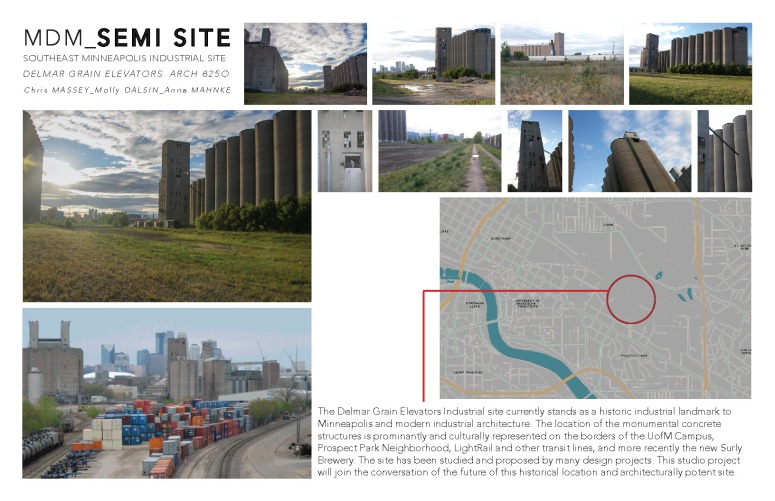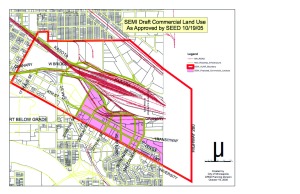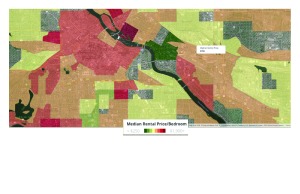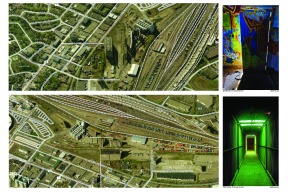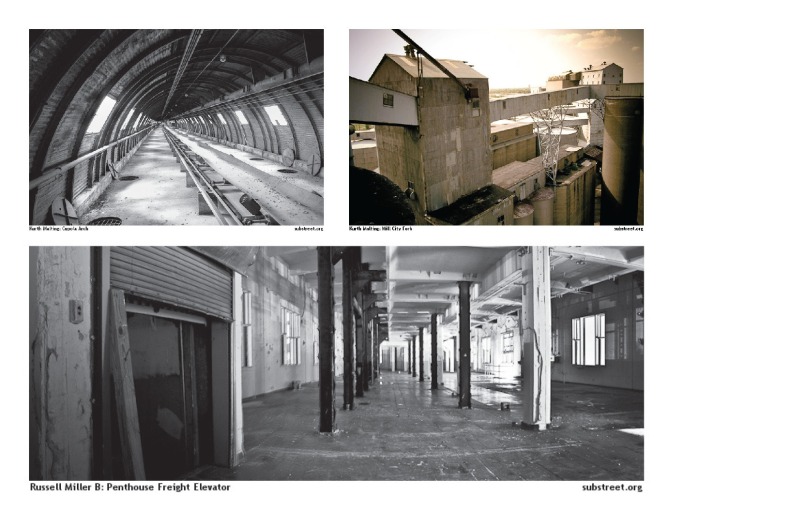“This studio focuses on architecture that stimulates new kinds of activities, experiences and human relationships. It is based on the assumption that in the twenty first century cities evolve beyond their modernist traditions. Just like cultures in the globalized world, urban life benefits from hybrid conditions and relationships. New ways of using space frequently reveal symptoms of emerging patterns of life before planners can fully define them. By giving priority to programming and by seeking opportunities in hybrid physical condition the studio proposes that architects may play a more active role in these processes. Designing architecture will thus resemble cinematic montage where conflict and diversity of elements are more productive than the straightforward progression of storytelling. At the same time an adaptive reuse project will create multiple opportunities for testing such a strategy.”
-Andrzej Piotrowski
Project By:
Anna Mahnke
Molly Dalsin
Chris Massey
Special thank you to:
Andrzej Piotrowski
Sharon Roe
Gunter Dittmar
David Horner
Gaila Lindt
Appropriating Infrastructure: Recontextualizing meaning in a contemporary urban park
The proposal for a contemporary urban park reinterprets the historic SEMI mills complex as both provocative public space and dynamic innovation center.
The Delmar Mill complex is a site of historical and contemporary consequence. In its years of operation , its performance was one that prominently fueled the economic growth of the city we know today. Now dormant in the service of grain, the colossal structures loom silently over the forgotten landscape, neither remote nor interwoven with the fabric of the city. This dissonance enables a new mode of architectural intervention and a shift in traditional programming. By appropriating the historical infrastructure, the urban park enables exploration, activism, and interaction between people, structures, and nature. Fundamental to the complex is the public space, including procession, appropriable spaces, and spectacle as tools to recreate the mill’s cultural stakes. The complexity and precarious nature instilled in the structures translates experiences, understandings, and meanings of history, culture, and contemporary attitudes to the urban park. The layering of meaning, interpretation, and subsequent mental state makes the architecture difficult to resolve, but it is exactly this multiplicity that make the building and the program relevant today. In complement to the public park, a secondary program of an innovation center is introduced. The dynamic innovation center is focused around elasticity, evolution, and a density of disciplines and cultures. The goal is to synthesize the city, the community, and the innovation center to form a contemporary urban park that no form of digital technology, corporate office space, existing public plaza or classroom can match.
Initial Site Understanding:


